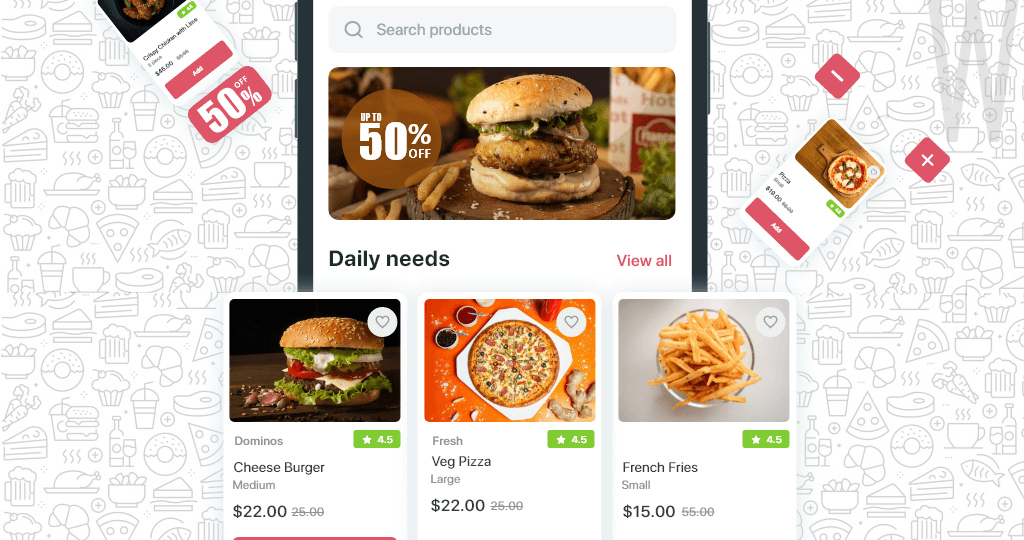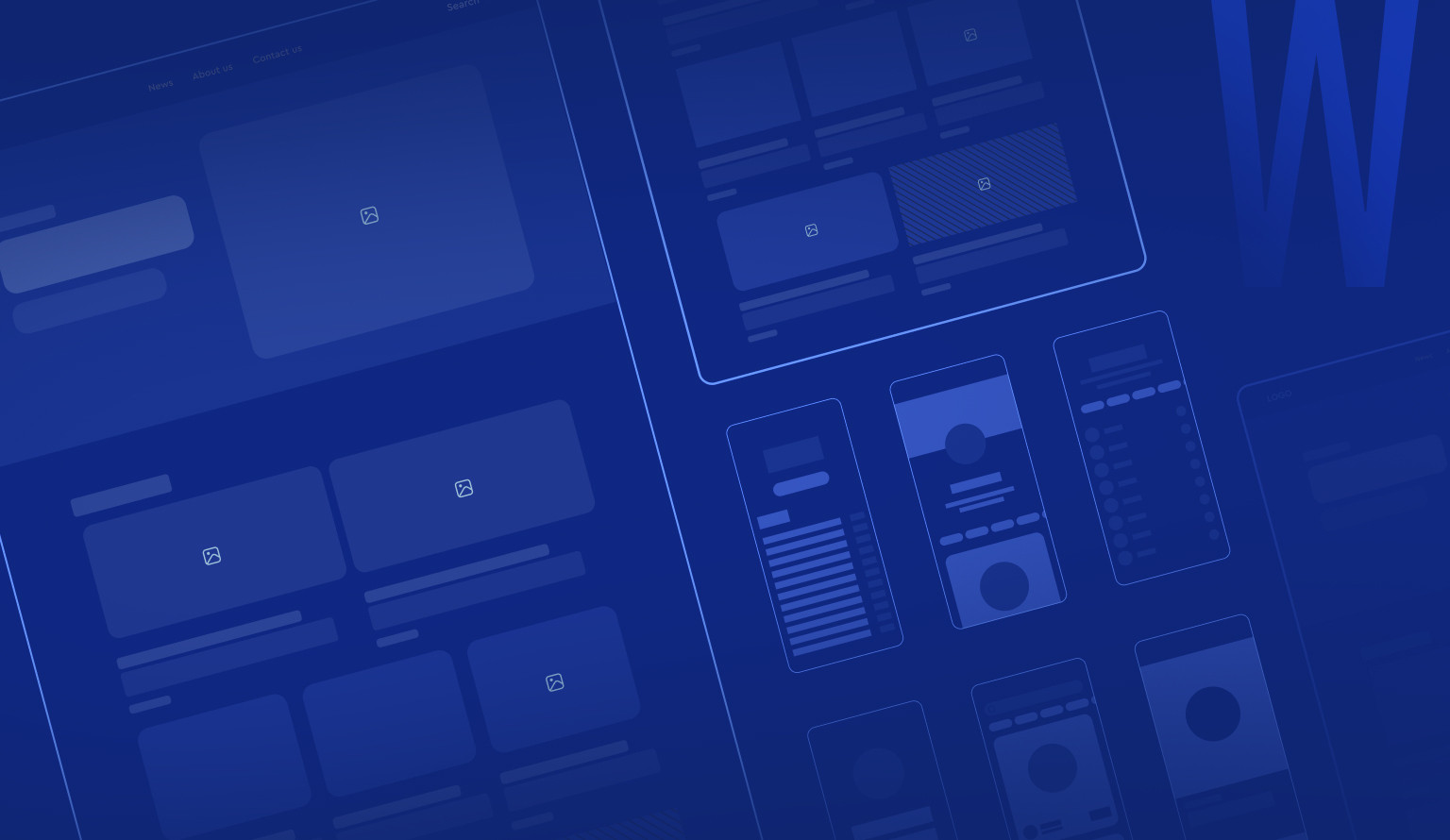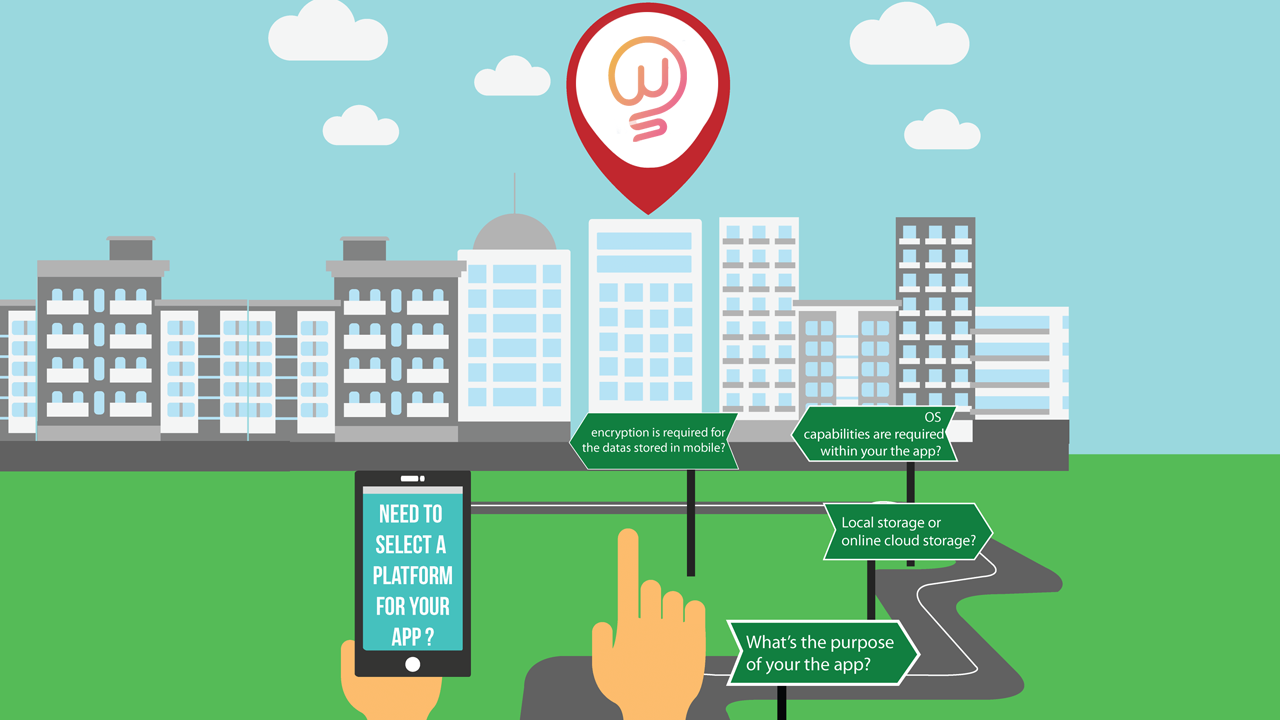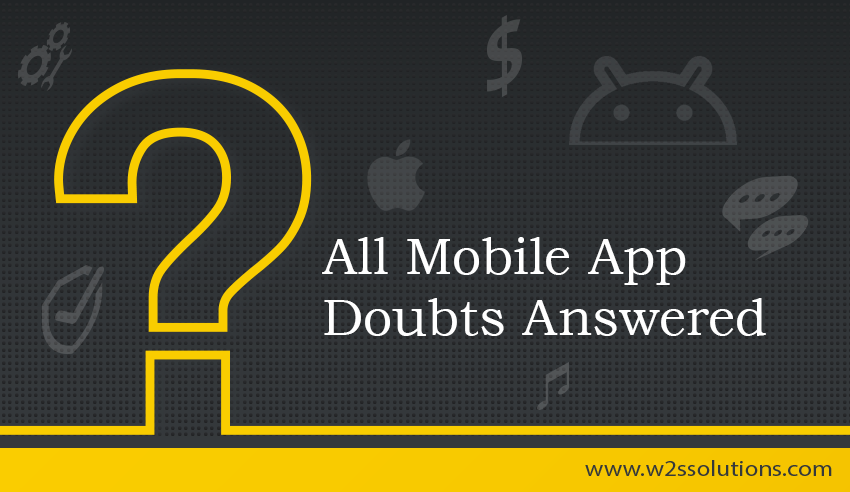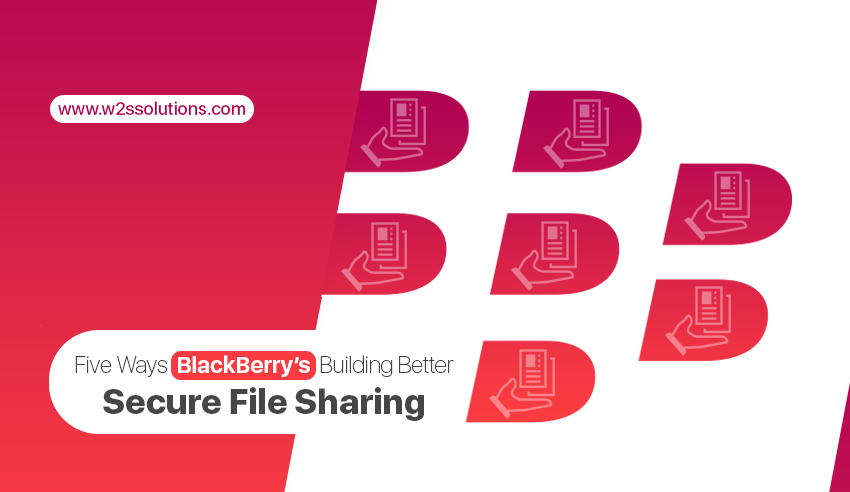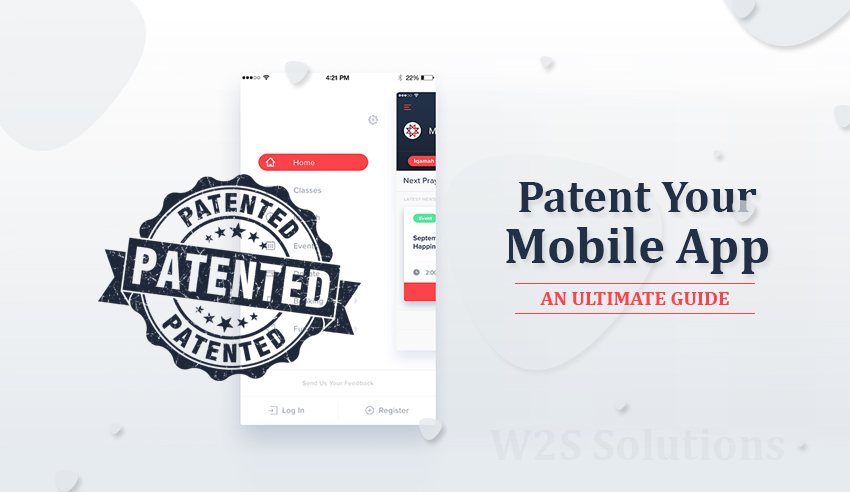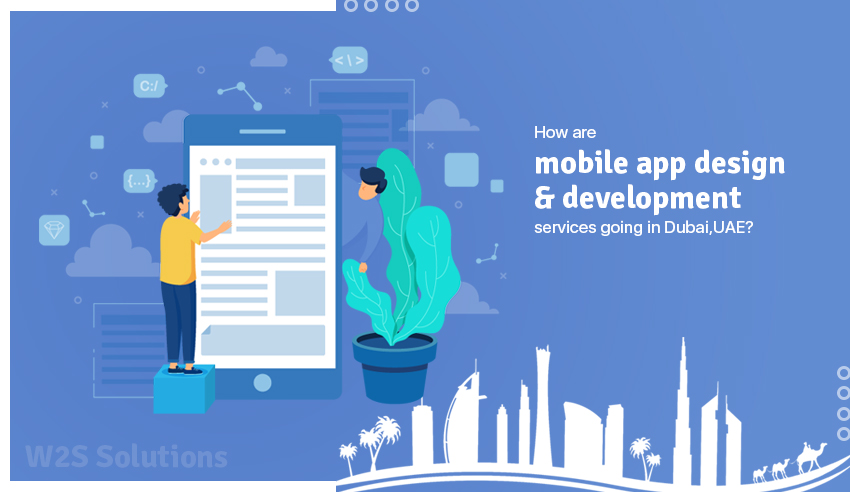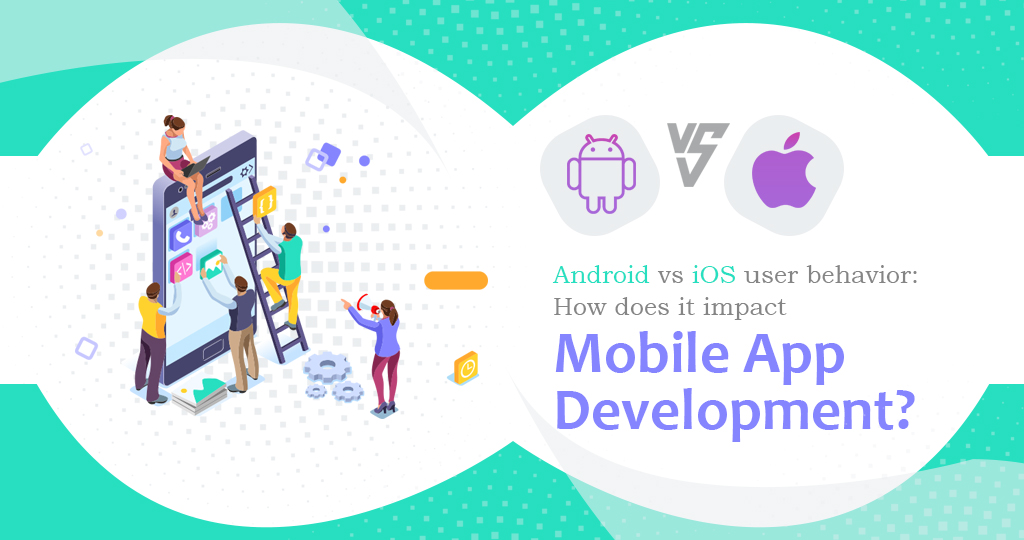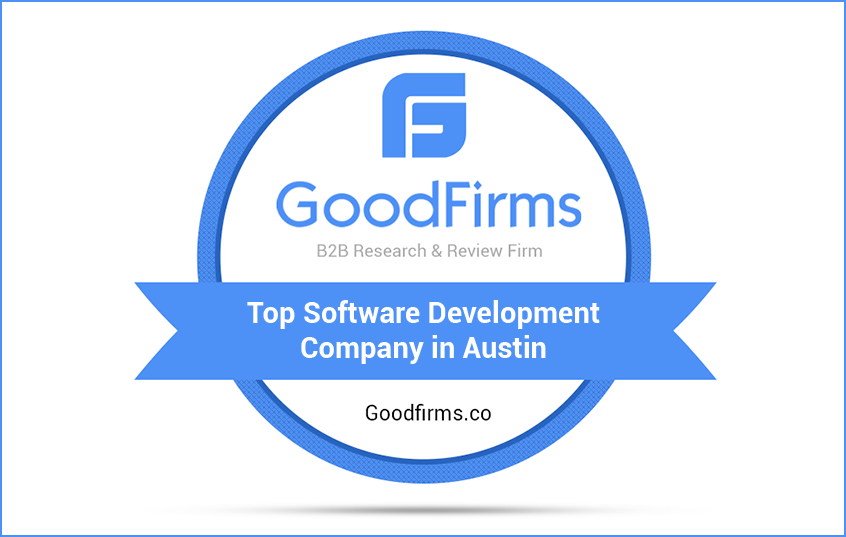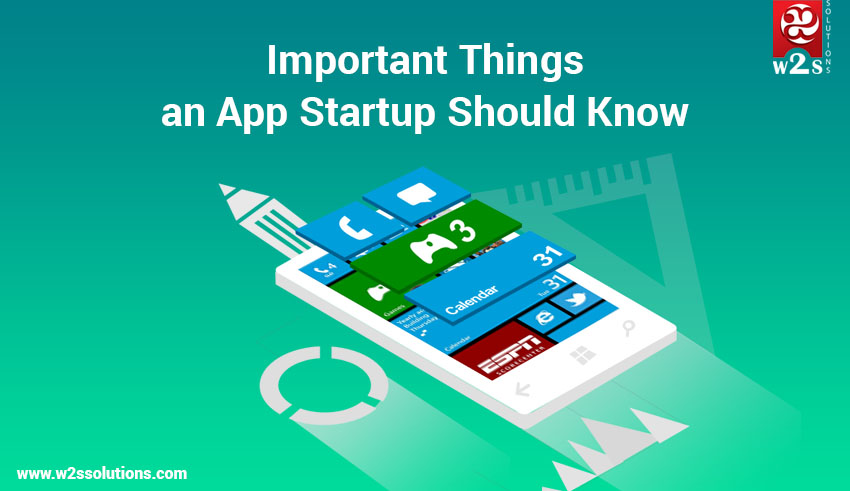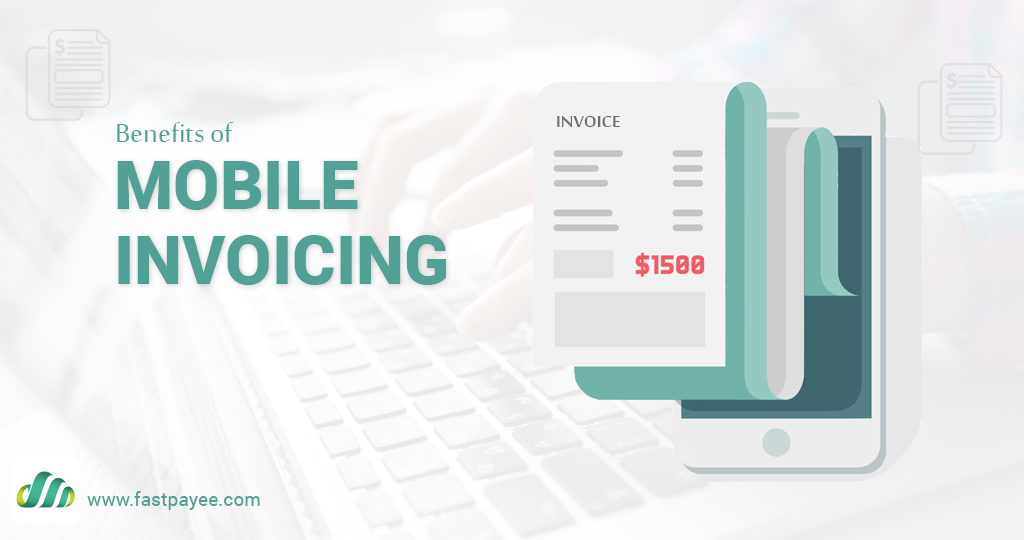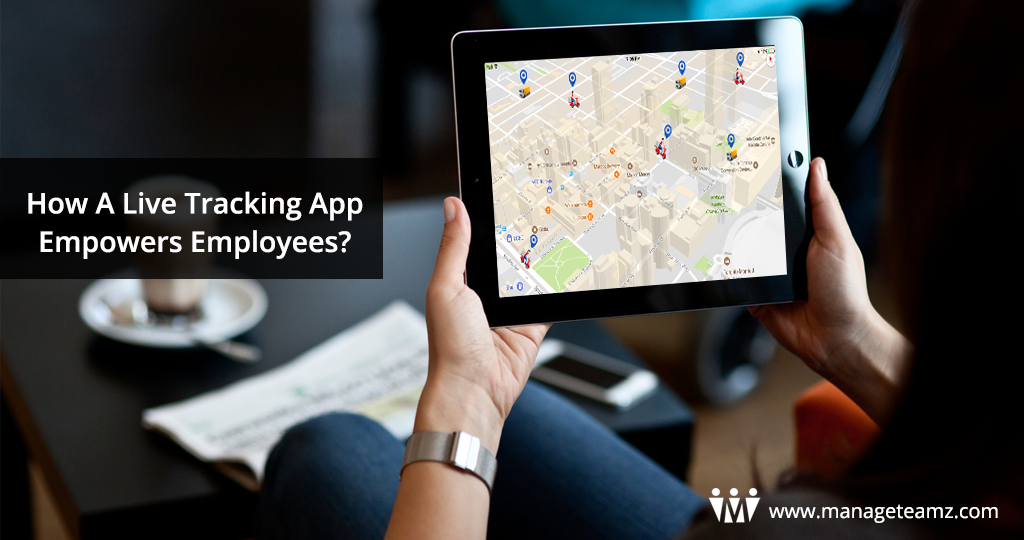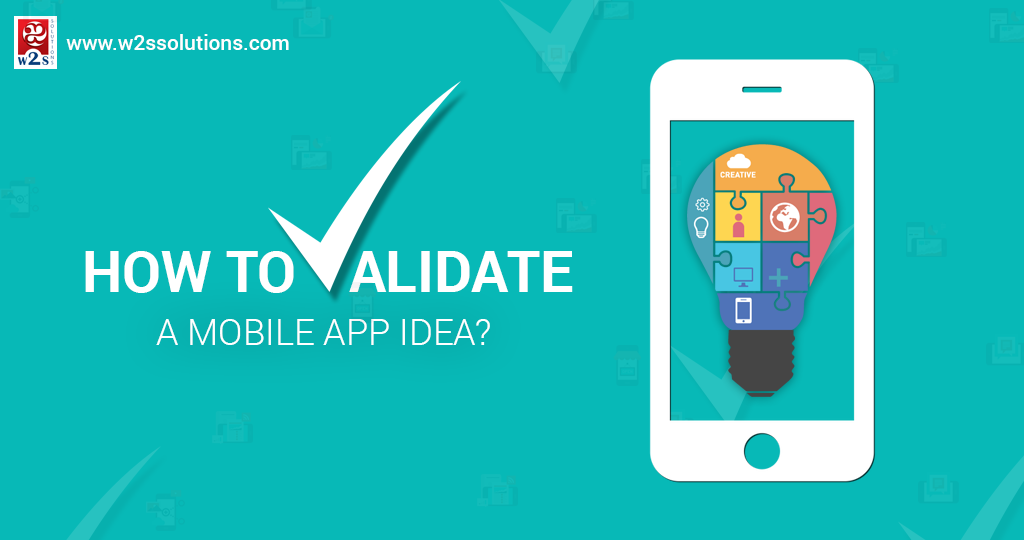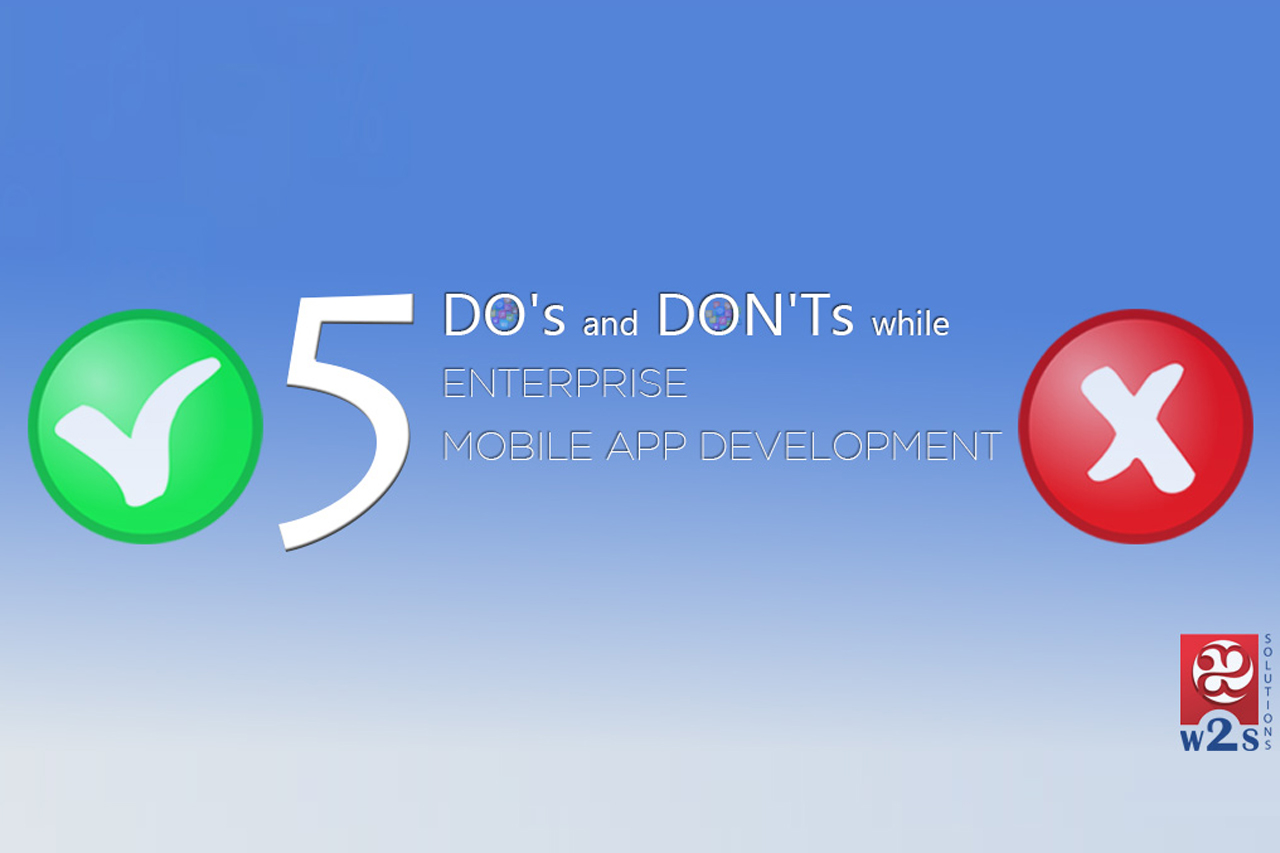Besides being one of the rapidly growing sectors in the global market, edtech is also one of the crucial sectors that have the potential to redefine the most fundamental aspect of humanity- Learning.
Edtech, at one point, used to be all about digitizing tons and tons of academic data. It was almost like the education institutions, industry leaders, and the people, even, were reluctant to change. Ever heard of the phrase “Don’t fix it if it works”? Until the pandemic happened. Make no mistake, there were many edtech platforms and users, too, even before the pandemic happened, but these platforms were more or less always on the bench, not in the game.
The pandemic played the role of an accelerator in the edtech space, as the industry became an alternative to the mainstream approach to education.
So what does it mean for the players in this industry?
We recently worked with one of the biggest players in the UAE education sector to make their mark in the edtech space.
Upon researching complex user behaviour, industry trends, and the pace of adoption by the learners, we came up with a three-fold approach for our client.
- Redefining the age-old practices in their industry
- Delivering quality and truly personalized programs to learners
- Making the access to education itself more simpler
In fact, our entire strategy was built around the last point. We focused on making access to the various programs and other services by our client, much simpler. The greatest feat of technology is that it simplifies complex processes. People no longer have to go through mountains of data to find a single piece of information they are looking for.
We basically identified every interaction around the various processes involved in the cycle- from awareness to enrollment. No matter how small the interaction, we flag it and lay out the motivations and reasons behind them. This was the hardest part of the solution, looking for the needle in the haystack.
As we landed on the approach, it became relatively easier for us to build digital platforms that simplified the user flows and complex behaviour. Naturally, we first solved it for the user.
Mapping different ways users can explore the platform, understanding the kind of content users are looking for at different stages of their journey, and defining the direction for the design language and aesthetics- these were the first things we put up on the whiteboard. Only then, did we start building these ideas into digital platforms.
Our market research also revealed that the brand identity of our client, particularly in a field like edtech, will set the narrative for the greater experience which their digital platforms will deliver. So, we closely worked with our client’s team to create a compelling brand identity for our client that laid the foundation for the design language.
Completing the user’s stories with our design
Design solves problems. That has always been the bottom line. However, as we explored more about the unique and peculiar problems of our target audience, we decided to take a rather modern approach to design. Instead of looking at design as just a tool that solves problems, we saw it as a mechanism that can give closure to our target audience’s problems.
There are three major user groups for our platforms-
- Parents
- Children
- Service providers
Three different groups looking for three different solutions on the same platform. To ensure that we address all these problems, we focused on creating a unified experience that catered to the specific needs of each user group.
This meant designing features and interfaces that are intuitive and easy to use for parents, engaging and educational for children, and efficient and streamlined experience for service providers.
For parents,
- Simplified enrollment process
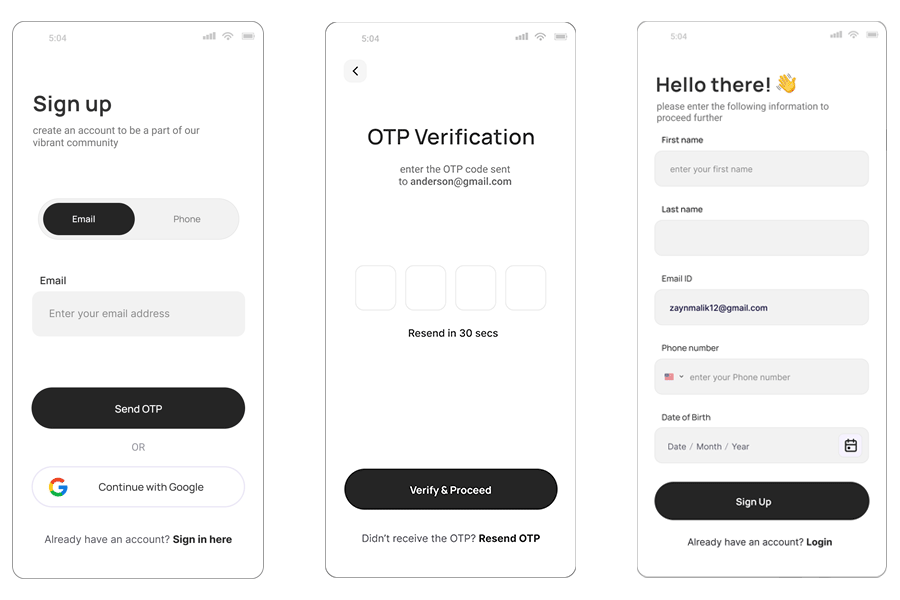
- Transparent progress tracking
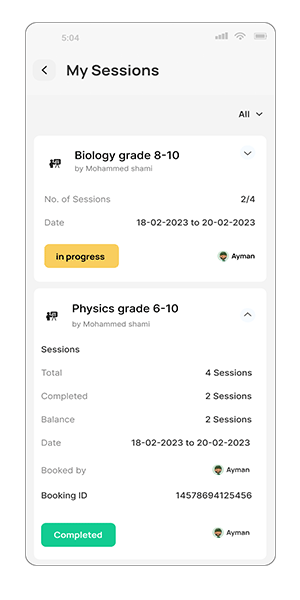
- Easy communication with teachers and other instructors
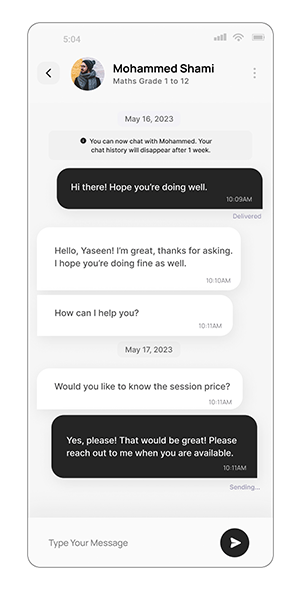
- A robust and intelligent calendar that visualizes the entire schedule of their children in a single place
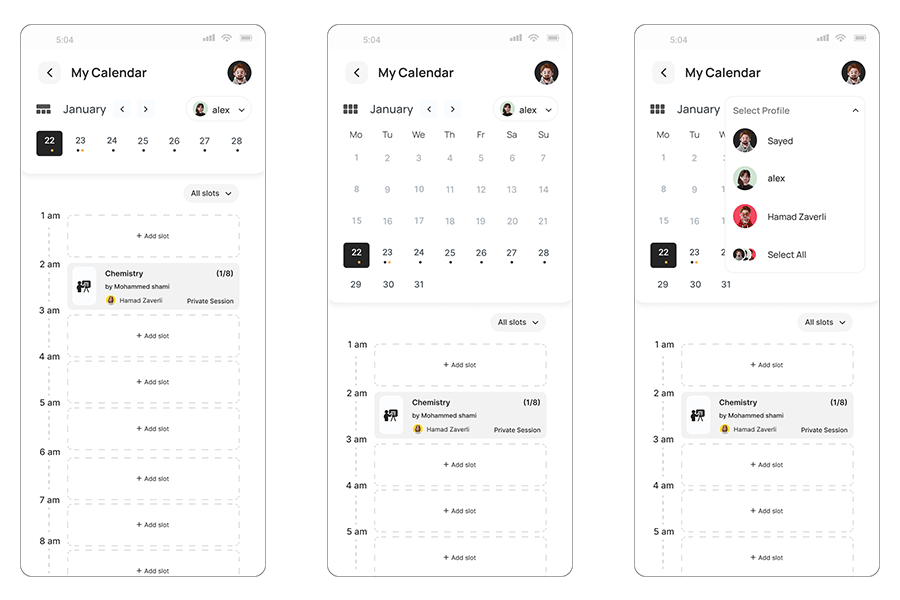
- Simplified and secure payment transactions
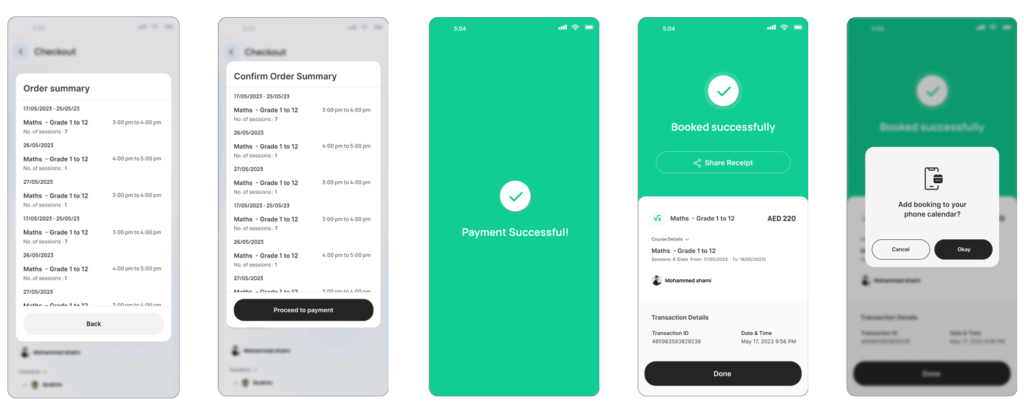
For children,
- A fun and intuitive design language
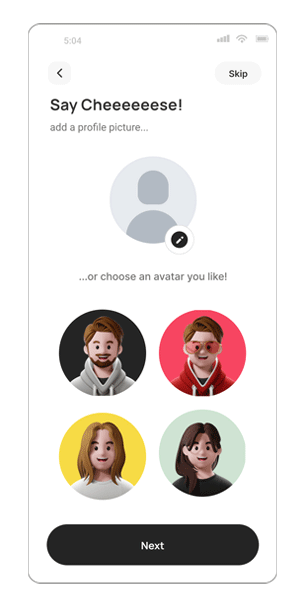
- Personalized content recommendations and rewards system
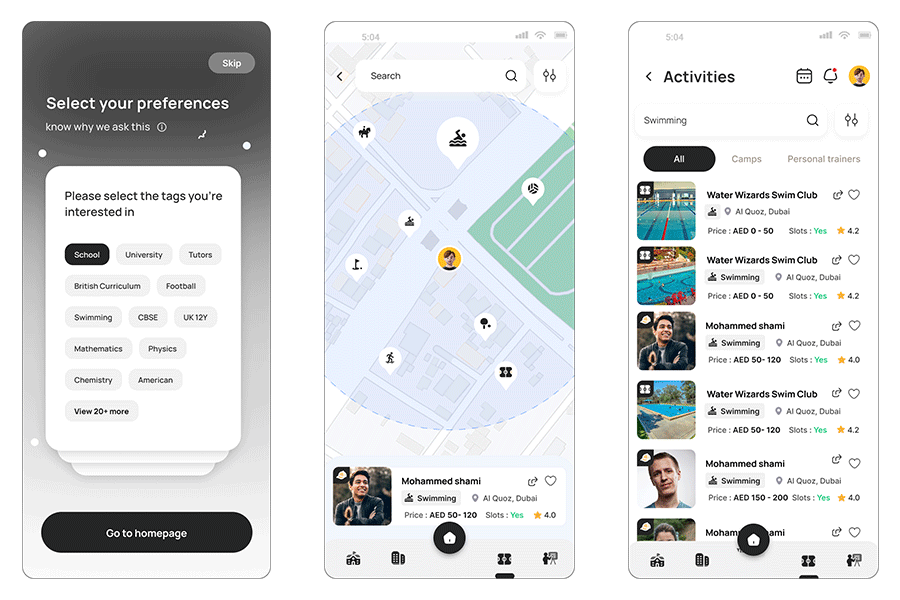
- A shared space within the digital platform that allows the parents and children to easily access the services inside the platform
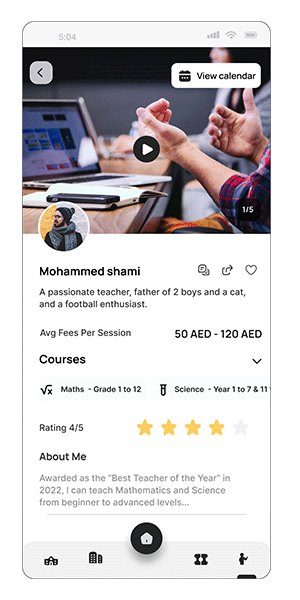
For service providers,
- Efficient management tools
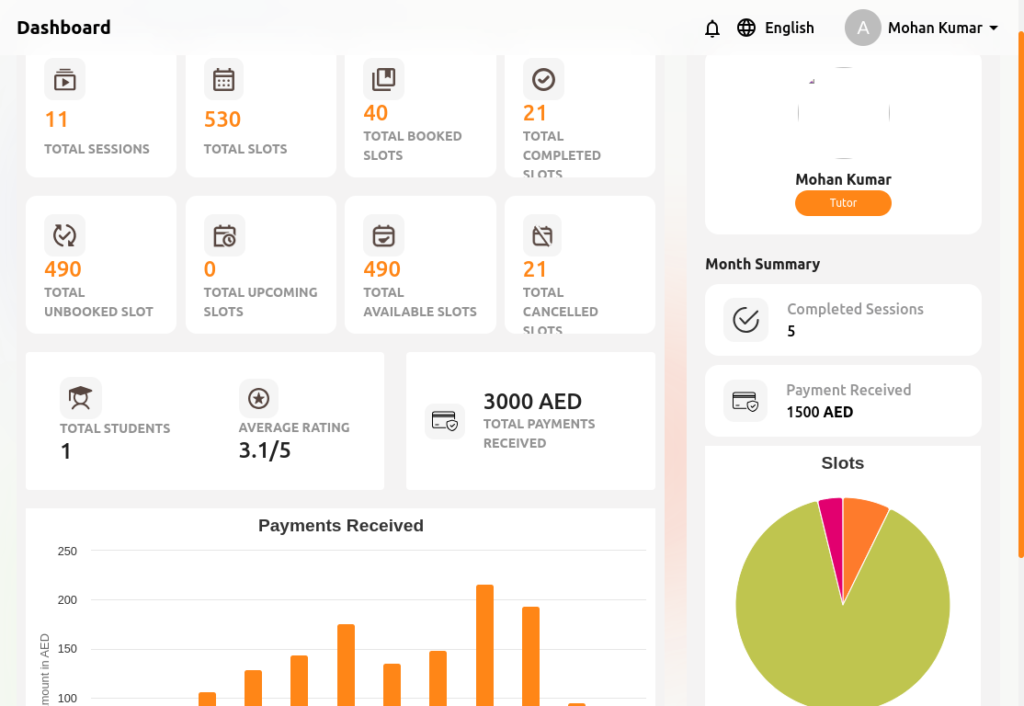
- Easy managing of their pricing structure, courses, schedule, etc.
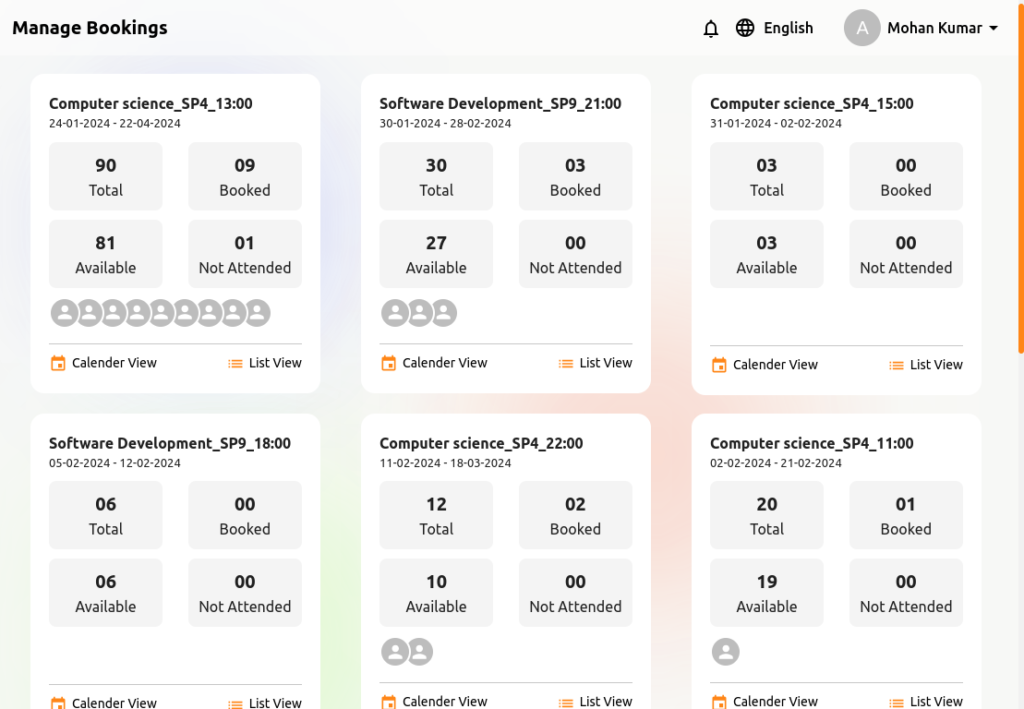
- A master calendar that shows their entire schedule at a glance
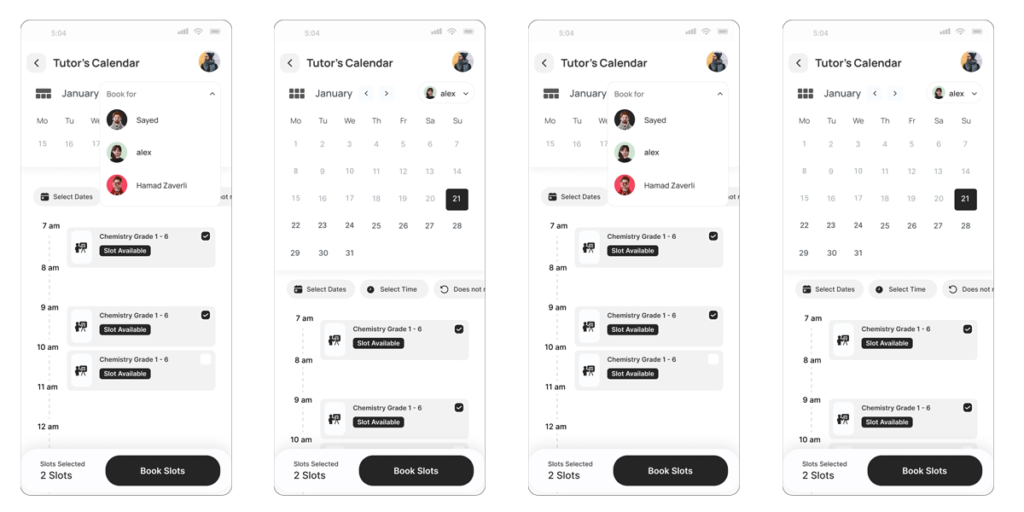
Understanding data and personalization
For an application of this scale, data is the key to unlocking personalized experiences. We set the stage for greater data collection and engineering to gain valuable user insights. This allowed our client to understand more about their preferences, behaviors, learning styles, etc. Also, this information allowed us to tailor our platforms to meet the individual needs and preferences of different user groups.
We also built an intelligent data dashboard for our client that brings all information- both business and user in a single place. Different teams of our client can access this dashboard to make crucial business decisions and craft personalized programs.
This helped our client develop key data-driven personalization strategies,
Personalized content recommendations: Using algorithms to analyze user behavior and preferences, we were able to recommend relevant content, courses, and resources.
Adaptive learning paths: By tracking user progress and performance, we could adjust the learning path to ensure that learners were always challenged and engaged.
Personalized communication: We used data to personalize communication with users, providing timely updates and relevant information based on their specific needs.
Gamification: We incorporated gamification elements, such as points, badges, and leaderboards, to motivate learners and create a more engaging experience.
Collecting user feedback: We conducted surveys and interviews to gather direct feedback from users and identify areas for improvement.
Iterative design: We used the insights gained from data analysis and user feedback to continuously refine and improve our platforms.
To know more about our product development capabilities: Application Development Also, you can reach out to the VP of our strategy, here – Contact Us


